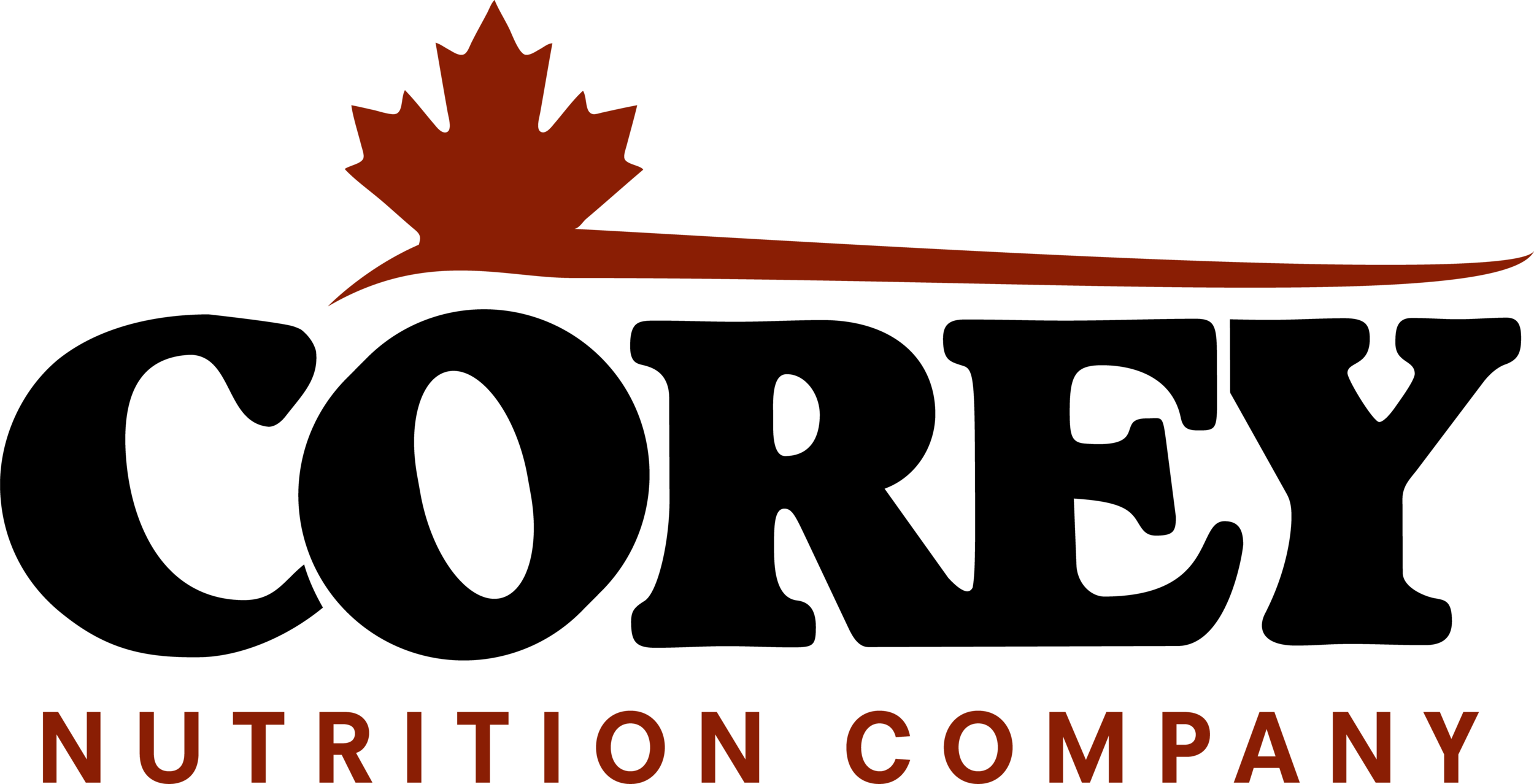MODULE 3
Nutritional Needs of Cats and Dogs: Fats
It comes as no surprise that animals, ourselves included, need fat in their diets. Just like proteins, different life stages require different levels of fat. Fats, also known as lipids or triglycerides, are composed of two chemical structures: fatty acid and glycerol. Like carbohydrates, they are made up of oxygen, carbon and hydrogen molecules. The following is an example of a triglyceride chain:
Glycerol + 3 fatty acids = triglyceride (fat)
Bile is a substance that is released from the gallbladder after an animal eats. Its role is to break down the fatty acid chains found in lipids, allowing them to be absorbed into the body. Once absorbed, fatty acids can be reassembled to create new triglycerides for a multitude of purposes within in the body. These new triglycerides are used for a variety of purposes, from vitamin absorption and transportation, to playing a key role in the central nervous system. Large excesses of triglycerides can also be stored as an energy source as fat deposits.
TYPES OF FAT
Saturated and unsaturated are the two main types of fat. Saturated fats have a solid consistency at room temperature because they have no double bonds between their carbon atoms, leaving them “saturated” with hydrogen atoms. For example, dairy products like cheese or fat on red meats are types of saturated fats. Unsaturated fats are liquid at room temperature because that have at least one double bond between carbon atoms, leaving them “unsaturated” with hydrogen atoms. For example, vegetable oils used in cooking are typically unsaturated.
There are also two groups of essential fatty acids: Omega-6, a family consisting of linoleic acid and arachidonic acid (AA); and Omega-3, consisting of linolenic acid, eicosapentaenoic acid (EPA) and docosohenaenoic acid (DHA). Both of these fatty acids are essential nutrients for cats and dogs. Omega-3’s are readily found in fish oils and flaxseed, while vegetable oils and chicken fat are high in omega-6’s. We will go into further detail about the specifics of these fatty acids in future modules.
FUNCTIONS OF LIPIDS
Fats and fatty acids play an essential role in the body’s development and maintenance. Essential fatty acids are important in skin and coat health. The development of the nervous system and the construction of cell membranes depend on lipids and essential fatty acids. The proper functioning of the cardiovascular, reproductive and immune systems require fats. They are essential to the production of cholesterol, an important molecule in the production of bile and many steroids and hormones. Lipids also enable the absorption and transport of vitamins A, D, E and K, and they constitute an excellent source of energy.
Fats are a great source of essential nutrients and energy, beneficial to cats and dogs as long as they come from quality sources. Quality of the fat is important and pet food manufacturers should do their best to ensure fats and oils come from reputable sources.
Dog and cat food should contain high quality fats, such as human-grade chicken fat or fish oils. As mentioned previously, different life stages require different levels of fat. When assessing what is best for your pet, life stage should play an important role. The following is a rough guideline for proper fat levels at different life stages.
Dogs
Puppies, pregnant or nursing females: 17-25%
Active dogs: 20-32%
Adult dogs: 12-20%
Older dogs: 10-12%
Cats
Kittens, pregnant or nursing females: 20-25%
Adult cats: 13-20%
Less active cats: 10-20%
Older cats: 15-20%

